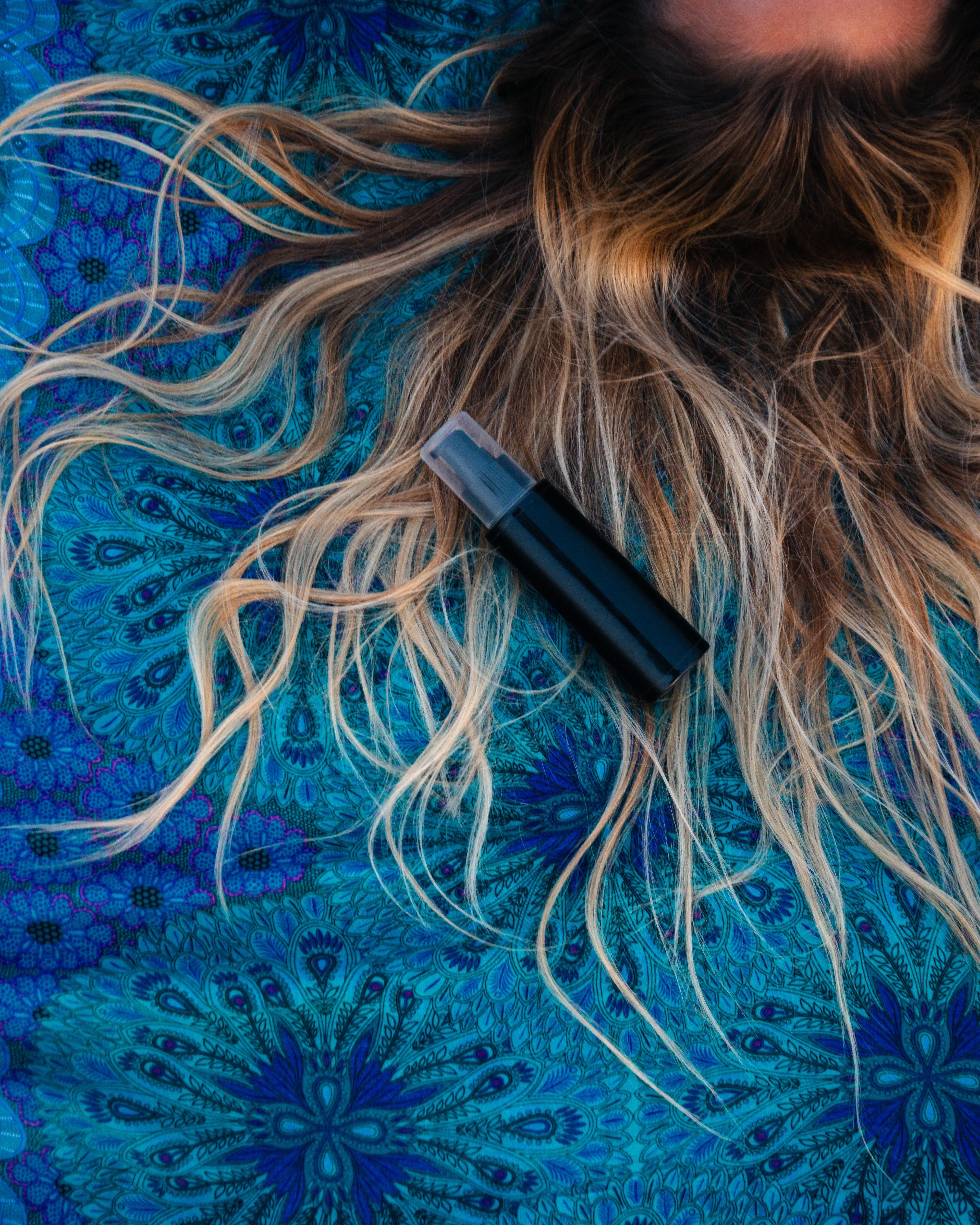Five Reasons Why Human Hair Wigs Shed and How To Fix It

When you buy a high-quality human hair wig, you may believe the piece is infallible. But then you start to notice hair falling out. It may feel like you’re going through your hair loss again. Seeing hairs fall from your human hair wig may stir up feelings of frustration, disappointment, and confusion.
Just like biological hair, wigs can shed. And just like biological hair, if a wig is excessively shedding, this indicates something isn’t right. While shedding can be frustrating and seem like it happens out of nowhere, shedding has identifiable causes.
At Daniel Alain, we have taken the time to investigate pieces from customers that had excessive shedding. Often, this shedding is indicative of improper wig care. In this article, you’ll learn about five habits that contribute to excessive hair shedding so you can take steps to prevent this from happening to your piece.
Reason 1: Tight Hairstyles That Pull Hair
If you’re noticing an increase in shedding from your wig, consider what styling habits you’ve been incorporating. Are you pulling your hair back into tight, high ponytails? Are you often slicking it back into a tight bun or trying trendy space buns?
If you tend to pull your hair back into tight hairstyles, you may want to find other styles that do not require as much pulling. Tight hairstyles tend to strain the hair and damage the knots' integrity. When the knots that keep the hair on the wig are loosened, they are at risk of falling out more quickly. This can lead to an increase in shedding.
What’s the Solution?
To prevent this from happening, consider leaving your hair down or cutting back on the frequency of wearing these styles. If you need to pull hair back, consider looser and lower styles to decrease the amount of pulling on the hair, and be aware of the types of elastic hair ties you use. A fabric scrunchie will be far less aggressive versus a tight elastic band.
Reason 2: Aggressive Brushing or Washing
Encountering tangling often results in aggressive brushing. When you brush your hair, you want to gently brush the hair in small sections or consider getting any tangles out with your fingers, gently working through tangles. If you’re having problems with tangling, you may want to read more about what causes tangling and how to prevent it.
When preparing to wash your wig, it’s a good idea to gently detangle your piece with a brush while it’s dry. After washing your wig, you want to be extremely gentle with it. Hair is weakest when it is wet. If you are aggressively brushing your hair while it is wet, this can damage the hair and make it more susceptible to breakage and shedding. Try a wide-tooth comb to gently detangle.
What’s the Solution?
Your wig is a durable yet delicate piece, especially after washing. If you are wringing out the wig after washing, you may be doing more harm than good. Instead, when drying your piece, gently squeeze any excess water from the hair before transferring it to a towel. Then, carefully wrap the hair in a towel, without twisting or wringing it out. When the hair is wrapped, gently squeeze.
Reason 3: Over-Conditioning the Cap
When using hair products on your wig, be careful of how much is used on the cap. If you use a high concentration of conditioner on the cap area, this can cause the knots to loosen over time, which can increase shedding. Using product on the cap can also create buildup if the wig isn’t properly washed, which can also damage the integrity of the knots.
What’s the Solution?
When conditioning, avoid the cap, focusing mainly on working conditioner into mid-shaft to the ends of your hair.
Reason 4: Using Heat Without Protection
One of the biggest benefits of having a human hair wig is that you can use heated styling tools to change up your look, create volume with a blow-out, add curls or tame flyaways. Heated styling tools can damage your wig if no product is applied to protect the hair. Because the hair on a wig is not naturally regenerating, the damage will not grow out. Instead, it will become weak and brittle, ultimately leading to breakage and excessive shedding.
What’s the Solution?
It is vital that before using a heated tool, you use a low heat setting and apply a heat protectant. Without a heat protectant, the hair will take a lot of damage. It’s a simple and quick step to add to your styling routine to keep your wig in pristine condition and help extend its lifespan.
Reason 5: Scratching Your Head
Perhaps the most innocuous reason for hair shedding, scratching your head with your wig on will lead to an increase in shedding. While you may not think that a quick scratch will do much harm, consider the vigorous motion that accompanies scratching. Digging your nails into the wig cap and rubbing them against the knots will weaken the tightness of the knots. It could also lead to hair falling out right then.
What’s the Solution?
If you have an itch you need to scratch while wearing your wig, consider patting the spot instead. This can alleviate any itchiness. If you find that your cap is bothering your consistently, it may be time to consider a wig with a different cap.
Properly Caring for Your Wig
After reading this article, you should have a better idea of what can cause wigs to shed excessively and ways you can prevent this. Generally, any activities that can potentially damage the strength of the knots or the hair itself can lead to an increase in shedding. Even activities like sleeping in your wig can cause a lot of pulling as you toss and turn at night. A human hair wig is an excellent investment for someone who is looking for a long-term solution to their hair loss. However, it requires diligent and delicate care to ensure that your piece will stay in its beautiful condition for a long time to come.
At Daniel Alain, we want you to love your human hair wig. We encourage you to read about some best practices for maintaining your human hair wig. In our Learning Center, we have an array of articles and videos that can help you better understand how to properly care for your human hair wig and avoid many common issues that may arise.
If you’re considering investing in a human hair wig, following these tips can help increase the lifespan of your wig. Ready to learn more about what we offer here at Daniel Alain? Set up a consultation to speak with a specialist who can answer all of your questions about wearing hair.


